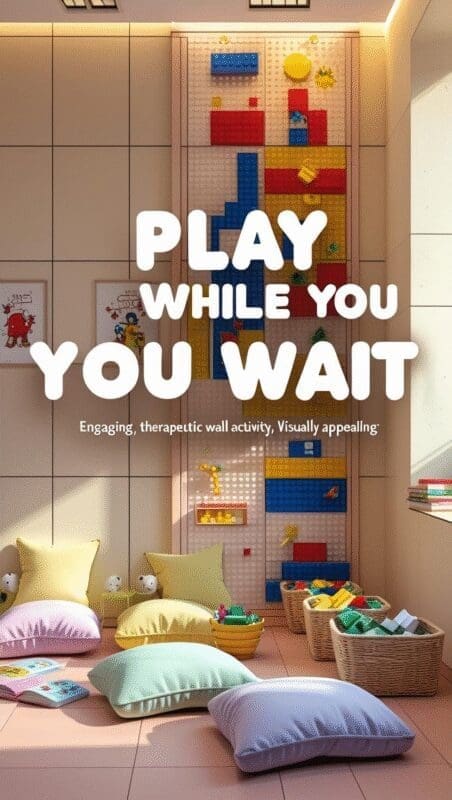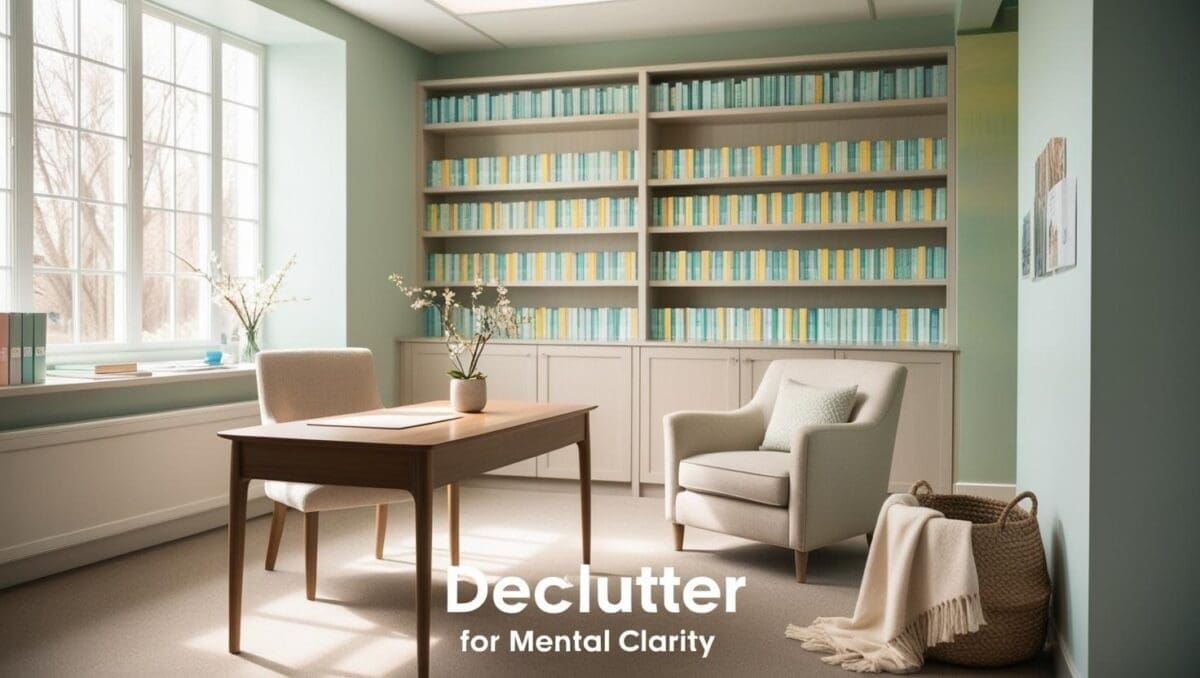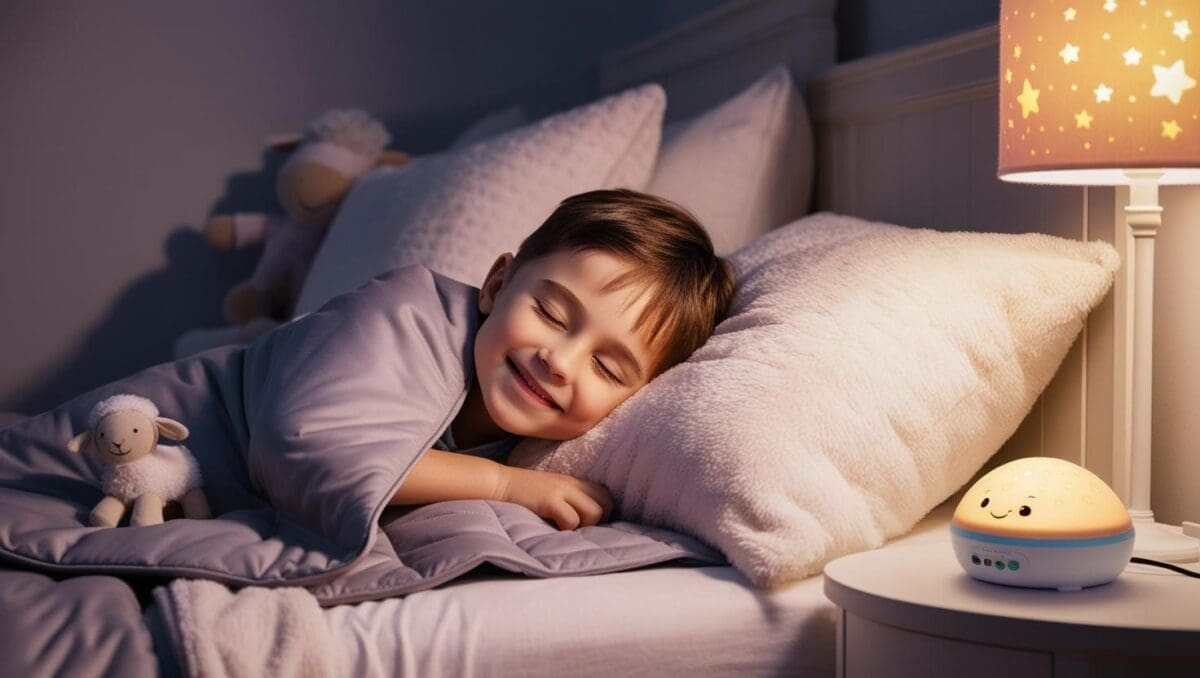Creating a therapeutic environment that sparks imagination, supports emotional regulation, and encourages expression doesn’t have to be complicated. One of my favorite tools to introduce in a therapy space or child-centered area is the interactive LEGO wall.
It may seem like just a fun distraction, but in reality, it offers incredible opportunities for connection, communication, and healing—for therapists, counselors, and even parents at home. In this post, I’ll walk you through how I use LEGO walls as a school counselor and mom, with practical insights you can apply to your own space.
This post may contain affiliate links, which means I may earn a small commission at no extra cost to you if you choose to make a purchase. I only recommend products I genuinely find helpful in creating warm, therapeutic spaces.
Why an Interactive LEGO Wall Belongs in Every Therapy Room
A LEGO wall transforms an ordinary space into a dynamic, child-led playground for self-expression. Unlike a typical table setup, the vertical building surface naturally invites movement, problem-solving, and creativity.
Emotional and Developmental Benefits:
- Encourages imaginative play that often leads to spontaneous storytelling.
- Promotes bilateral coordination and fine motor skill development.
- Helps with focus and sensory regulation through tactile stimulation.
- Facilitates emotional expression in a safe, non-verbal way.
Picture This:
A child walks into your office, unsure how to begin talking. But their eyes light up when they see the wall of baseplates and bins of colorful bricks. Within minutes, they begin building a tower. As they stack colors, they start to explain each block: “Red is when my brother yelled… blue is when I hid… green is when I felt safe.”
That’s the magic of therapeutic play.
How to Set Up a LEGO Wall in Your Therapy Office
Creating your own LEGO wall is more affordable and customizable than you might think.
Materials Needed:
- Large LEGO-compatible baseplates (gray or white work best)
- Strong mounting adhesive (like Command strips or heavy-duty Velcro)
- A clear bin or shelving system for bricks
- A low bench or stool (optional)
Assembly Steps:
- Measure and mark your wall space. Ideally, place baseplates at child height.
- Arrange plates like a grid and attach securely.
- Sort LEGO bricks by color, size, or theme in labeled bins nearby.
- Add a small poster or card key that links brick colors to emotions.
For inspiration, check out my blog post on Sensory Room Design for Counselors.
Emotional Check-Ins with LEGO: A Simple, Effective Ritual

One powerful way to use the LEGO wall is by inviting kids to complete an emotional check-in.
How It Works:
- Assign each color a feeling (e.g., red = mad, blue = sad, yellow = excited).
- Ask children to build a “Feeling Tower” that shows what’s going on inside.
- Use their creation as a springboard for reflection and dialogue.
You can create themes like:
- My Day in Bricks
- What I Wish Adults Knew
- Calm Tower vs. Chaos Tower
This is especially helpful for kids who struggle to verbalize their emotions.
Creative Therapy Activities with LEGO
Your LEGO wall can evolve beyond check-ins into a full expressive play station.
Therapeutic LEGO Ideas:
- Scene Building: Invite kids to recreate moments from their life.
- Narrative Construction: Ask them to tell a story using characters and colors.
- Repair Play: Offer broken structures to rebuild as a metaphor for resilience.
- Collaborative Tasks: Let two children build one wall section together to explore teamwork.
Encourage symbolic thinking. A child may build a jail and place a mini-figure inside, which becomes a beautiful entry point to discuss inner struggles.
Make It Beautiful: Design & Decor Tips
Therapy spaces should feel calming, engaging, and non-clinical. Here are ways to make your LEGO wall aesthetically pleasing:
- Stick to natural wood tones and white baseplates for a clean look.
- Use wicker baskets or clear drawers for storing pieces.
- Add a minimalist sign like “Build How You Feel.”
- Use warm lighting and nearby soft seating.
I like to decorate the area seasonally (more on that below) to keep it fresh and inviting.
Add Seasonal Magic: LEGO Wall Decor Ideas
Changing up your LEGO wall with the seasons not only keeps kids interested but also invites new therapeutic themes.
Seasonal LEGO Prompts:
- Fall: Build a gratitude tree with orange and yellow bricks.
- Winter: Create a safe snow fort or build your worries and melt them.
- Spring: Design a feelings garden or color-coded mood rainbow.
- Summer: Let kids build their dream vacation and talk about hope.
Add themed LEGO pieces (like hearts in February or flowers in May) in a small jar to spark imagination.
How Parents Can Create a LEGO Emotional Check-In Station at Home
You don’t need a therapy room or a giant wall to help your child build emotional awareness at home. A small corner, a few baseplates, and a container of LEGO bricks can go a long way.
As a parent myself, I know the value of having emotional regulation tools woven into the rhythm of everyday life—not just waiting until a meltdown to address big feelings.
🧱 Step-by-Step: Create an At-Home Emotional Check-In Station
1. Choose a Location:
Find a quiet, cozy spot that your child already feels safe in—near their play area, reading nook, or even a hallway wall.
2. Set Up Baseplates:
You can either stick a few LEGO baseplates vertically to the wall (use removable adhesive if renting) or place them flat on a small table or tray for younger kids.
3. Introduce the Feeling Bricks:
Assign meaning to colored bricks—use the same color chart as in therapy rooms or make your own together. For example:
- 🔴 Red = Mad
- 🟢 Green = Calm
- �\dfe1 Yellow = Excited
- 🔵 Blue = Sad
- ⚪ White = Worried
4. Build a Daily Check-In Ritual:
After school, before bedtime, or first thing in the morning, invite your child to build a tower using bricks that reflect how they feel. Keep the process low-pressure—this is about expression, not perfection.
Ask open-ended prompts like:
- “Want to show me your day with bricks?”
- “Do you want to rebuild your tower after our cuddle?”
- “What color feels like your morning?”
5. Keep the Language Gentle:
Avoid assigning judgment to emotions. Each brick is valid. Let this be a space where “mad” is just as welcome as “calm.”
🧺 Organizing Tips for Home:
- Use a clear drawer organizer for color sorting.
- Keep it at eye level for your child.
- Add a small rug or cushion for grounding.
💡 Parent Insight: I like to keep a few calming tools near our LEGO zone—like a glitter jar, a feelings book, or lavender-scented playdough. If the check-in reveals dysregulation, we’re already in a space designed to soothe.
Final Thoughts
LEGO bricks may be small, but the opportunities they open for emotional expression, connection, and growth are anything but. Whether you’re a therapist designing your dream playroom, or a parent trying to create more mindful rituals at home, I hope this guide helps you see the LEGO wall as more than a toy—it’s a tool for healing.
Want more sensory room ideas like this? Explore Sensory Room Design for Counselors for calming, beautiful inspiration.
If you try out the LEGO wall in your space, I’d love to hear about it. Let’s keep building this together.

About the Author
Hi, I’m Eve, a former school counselor with a master’s degree in School Psychology and a passionate advocate for children and families navigating sensory challenges. As a mom of children with sensory sensitivities, I deeply understand the journey special-needs parents face, and I dedicate myself to researching and sharing practical solutions to help children thrive and feel comfortable in their bodies. My goal is also to empower counselors, therapists, and psychologists with creative strategies and supportive resources to enrich their everyday practice. When I’m not writing or exploring new therapeutic approaches, you’ll find me spending quality time with my family and continually seeking inspiration from everyday moments.


